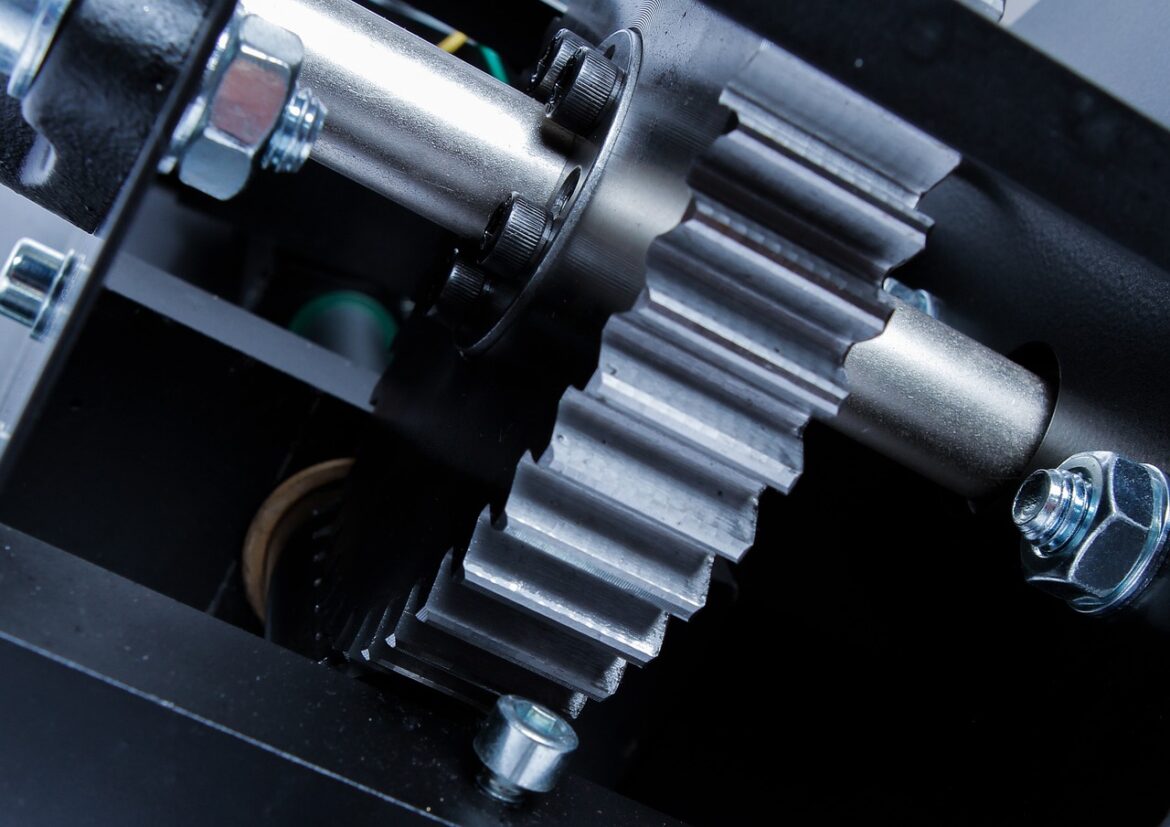Introduction to Engineering Trends 2025
As we head into 2025, the engineering world is brimming with innovation. From groundbreaking materials to sustainable construction methods, these trends are reshaping industries and improving our daily lives. Let’s dive into the stories behind some of the most exciting developments in engineering today.
High-Temperature Copper Alloys
Imagine a world where electronics and machinery can operate at incredibly high temperatures without losing their effectiveness. Research teams have recently developed a groundbreaking high-temperature copper alloy with exceptional thermal stability and mechanical strength. This innovation could revolutionize industries that rely on high-performance components, such as aerospace and automotive manufacturing. The new alloy improves efficiency and longevity in extreme conditions, making it a game-changer for applications where traditional materials often fail.
Recycled Cements and Sustainable Construction
Construction is one of the largest contributors to environmental pollution. However, engineers at the University of São Paulo and Princeton have made significant strides in sustainability by developing recycled cements. This approach not only reduces emissions but also provides a low-carbon alternative that does not compromise on strength. By giving a second life to construction materials after demolition, these innovations pave the way for eco-friendly buildings without sacrificing durability.
Eco-Voxels and Reconfigurable Building Blocks
Researchers are pioneering eco-voxels—reconfigurable building blocks designed for both Earth and off-world construction. This technology could transform how we build structures on our planet and beyond. The eco-voxels provide versatility and sustainability, allowing buildings to be easily disassembled and reused, thereby reducing waste and environmental impact. This innovative approach could be a critical component of future space habitats, showcasing humanity’s capacity to think and build outside the box.
Quantum Computing and Next-Generation Batteries
Quantum computing is moving towards real-world applications, promising to solve complex calculations at unprecedented speeds. Meanwhile, advancements in battery technology are setting new benchmarks. A team at UNIST identified a novel cathode material called quasi-lithium, which could potentially allow for batteries that last up to 1,000 km on a single charge. These developments are crucial for driving electric vehicles and other energy-intensive technologies forward, shaping our energy future in a more efficient and sustainable way.
Squirrel-Inspired Robotics
Engineers have always been fascinated by nature’s problem-solving abilities, and a recent breakthrough involves a squirrel-inspired robot. This robot can leap from branch to branch, mimicking the agility and adaptability of its biological counterpart. Such advancements in robotics are leading to more versatile and efficient machines, capable of navigating complex environments effectively. These innovations hold promise for search and rescue missions or environmental monitoring tasks.
References:
- https://www.sciencedaily.com/news/matter_energy/engineering/
- https://techxplore.com/engineering-news/
- https://explodingtopics.com/blog/technology-trends
- https://www.globenewswire.com/news-release/2025/04/18/3063978/0/en/Engineering-Plastics-Market-and-Competitive-Analysis-Report-2025-Featuring-Key-Players-Covestro-DuPont-LG-Chem-Evonik-Industries-and-Mitsubishi-Chemical-Engineering-Corp-Among-Othe.html
- https://www.geeksforgeeks.org/top-new-technology-trends/
- https://www.lighthouseglobal.com/insights
- https://www.constructiondive.com/news/new-construction-technology-releases-april-2025/745326/
- https://itif.org/publications/2025/04/14/small-modular-reactors-a-realist-approach-to-the-future-of-nuclear-power/



